Written by Amber Mikluscak, PLA, GISP and Kenny Booth, AICP
Have you purchased a property with critical areas or buffers that are in need of landscape maintenance? Do you wish to re-evaluate or change how your landscape is maintained within a critical area or buffer? Have you tried to change or clean up unruly vegetation, only to receive a notice from regulators that the area is within a critical area or buffer? If so, you could benefit from implementing a Vegetation Management Plan, or VMP, for your property.
VMPs are useful tools for HOAs, property management companies, and property owners that can provide a legal avenue for landscape maintenance within critical areas and buffers, while reducing the time and expense of future permitting.
What is a Vegetation Management Plan?
A Vegetation Management Plan, or VMP, is a planning document that establishes a landscape maintenance goal, such as orderliness or view preservation, and outlines short- and long-term prescriptions to achieve and maintain that goal. Typically, a VMP consists of two components: a report and a map set.
What’s included in a VMP?
The VMP report includes an inventory of the property’s existing conditions, including significant landscape features and critical areas; vegetation type and coverage; land uses on and adjacent to the property; and structures or facilities present. The report describes where and which maintenance activities will occur, ranging from typical hand maintenance (like mowing or pruning), to more intensive activities (like tree planting and removal). Depending on how the landscape is used and what vegetation is present, zones can be established with different maintenance prescriptions and protocols. The VMP map set clearly illustrates the extent of the management area, including zone boundaries, along with critical areas and buffers, significant landscape features, roads, and structures.
Segment of a Vegetation Management Plan zone map, defining areas by type.
When is a VMP appropriate?
A VMP is appropriate when non-routine landscape maintenance is needed within a critical area or critical area buffer. Needed maintenance could include initial pruning or trimming of shrubs, clearing, planting, restoration activities, and tree pruning or removal.
Who can benefit from a VMP?
Homeowners, property owners, and property managers in need of a strategy for conducting short- or long-term landscape maintenance in or around critical areas or critical area buffers could benefit from a VMP. For example, a homeowner who would like to make changes to vegetation in a critical area buffer in order to improve or maintain their views could benefit from a VMP.
Homeowner associations and other owner groups can also benefit from a VMP. A VMP outlines short- and long-term management prescriptions that can stay in place through ownership transfers on individual properties. Having a VMP in place can provide for consistent maintenance of joint or shared landscape areas, such as common areas, easements, or non-municipal rights-of-way.
How does a VMP work?
As an example, in the City of Bellevue, a VMP can be utilized to permit long-term maintenance activities under a single land use and construction permit. Maintenance can then follow the prescriptions identified in the VMP for several years into the future. Additional permits in subsequent years are not required to complete maintenance activities that are outlined in the approved VMP, provided they occur within the defined management area.
Recommended plant species that can be planted within Vegetation Management Zone 1.
When is a VMP not necessary?
This varies by jurisdiction. For example, in the City of Bellevue, a VMP is not needed for continual routine maintenance of an established ornamental landscape occurring within a critical area or buffer, provided (1) the landscape was first established legally and with all required permits, (2) maintenance activities have been kept up consistently since the landscape was established, and (3) maintenance consists of typical landscape management activities, such as mowing, pruning, and planting. Furthermore, any typical maintenance activities that occur outside of critical areas or critical area buffers do not need a VMP.
I think I need a VMP. How can I get one?
First, contact a local expert to confirm that a Vegetation Management Plan will benefit you. In most jurisdictions, a VMP must be completed by an experienced environmental professional.
If you decide to complete a VMP, the expert’s team will visit your property to assess its unique features and gather information needed to compile the VMP report and map set. Additional research will be conducted offsite to look into local codes and regulations and other relevant information, such as restrictive covenants, that could inform the final landscape management prescriptions.
Interested?
Still not sure if you need a VMP for your site? Contact us and we can talk through your project.









